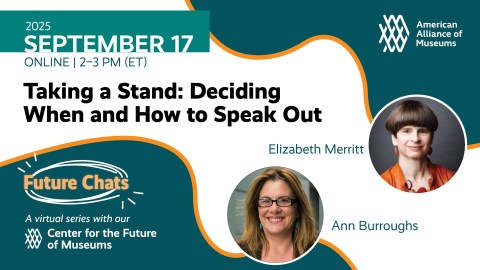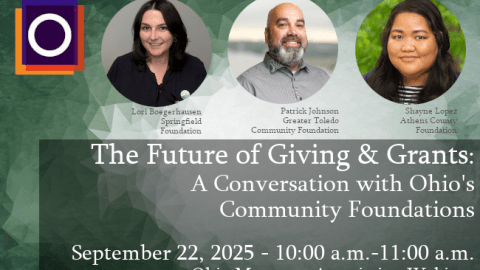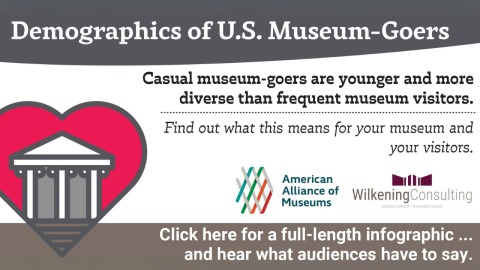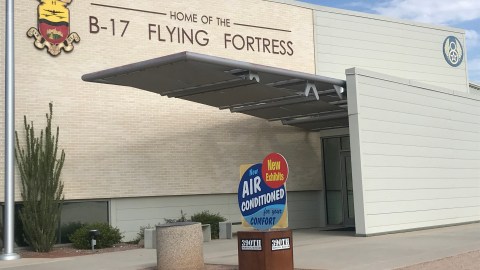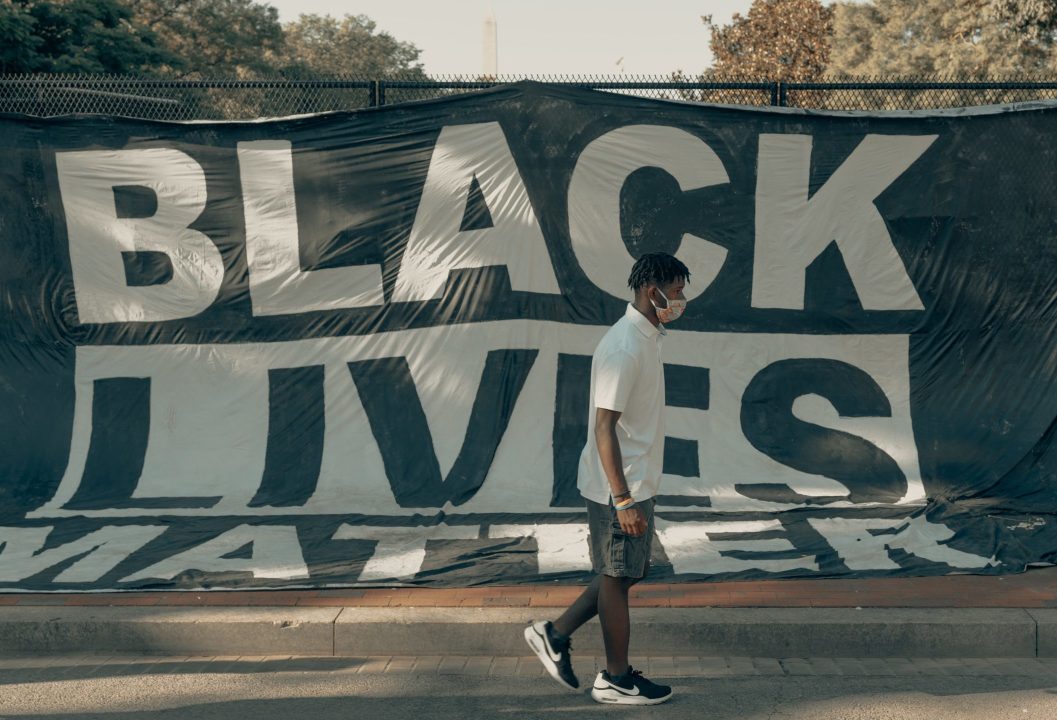
Out of the brutal murders of George Floyd, Rayshard Brooks, Breonna Taylor, Nina Pop, Ahmaud Arbery, and far too many other Black and Brown people in the United States, there has been a resurgence of a clarion call for racial justice. The visibility of these inhumane acts, too often at the very hands of those meant to protect and serve our communities, has catalyzed a long-overdue national reckoning in how we value and treat Black lives.
Millions of people, of all races, all over the world, are currently taking to the streets and demanding change. The gravity and circumstances surrounding recent events have presented an opportunity, an important pause-and-reflect moment for us as institutions. Are we living up to our stated visions and values? Do our financial and community commitments align with what we say we are about?
At The Phillips Collection, like many other museums, we are asking ourselves these questions. In some areas, our commitment shines through. My own role as Chief Diversity Officer is among the first in the art museum world and a visible step toward institutional diversity, equity, access, and inclusion (DEAI) commitment. In the past few years, we have launched a paid internship and fellowship program expressly designed to diversify the museum talent pipeline while offering meaningful professional development opportunities to underrepresented communities. In 2017, we established a space at DC’s Town Hall Education Arts Recreation Campus (THEARC) to better serve our community in the underserved areas of Wards 7 and 8. Our efforts in DC Public Schools go back decades, and our many robust relationships with community partners are the hallmark of the museum.
Internally, several staff members, a majority of whom are white, organically launched an Anti-Racist Working Group at the museum. Last year, the board formed a Diversity Advisory Council to examine the composition, function, and culture of our board; this group has since outlined an action plan to advance our goals toward creating greater representation and inclusion in governance. Ongoing training efforts for staff and trustees will continue to address microaggressions in the workplace, anti-racism focused learning and development, as well as uncovering implicit bias and building cultural competency workshops. The Phillips already has plans to double down on our community engagement, continue efforts to diversify our staff, launch an artist-in-residence program to feature Black artists, offer our space as a resource and venue to diverse culturally presenting groups in our community, and wrap up an organizational assessment to evaluate our DEAI work to date.
We’ve done some, but our work must continue. We know these are the first steps. This current moment in our history has compelled us to look more deeply inward. One of our roles as a museum is to serve as a catalyst for inquiry and critical reflection. As an institution that upholds thoughtful stillness at our very core, the Phillips intends to use this moment to pause, step back, and listen to our community and those most impacted by systemic inequities, and only then determine the appropriate path forward.
The first step is to admit you have a problem. Our board is overwhelmingly white. We hired our first Black curator in the museum’s ninety-nine-year history, Dr. Adrienne Childs, only in 2017, and even then only for a single exhibition. A recent town hall revealed stark differences at the Phillips between staff of color and white staff. Microaggressions are far too regular a reality for staff of color. Recent efforts to diversify our acquisitions and exhibitions have made only a minimal impact on the fact that our permanent collection, exhibition schedule, and social media remain heavily dominated by white artists. The work of fostering diversity and inclusion requires more than words; it is necessary to have strong political will in order to be a true champion. I am heartened by the response and commitment of our trustees and colleagues across our institution, which captures that will to advance our goals of DEAI. More than using our platform to “amplify” Black voices and messages, we are committed to investing in our colleagues and communities of color, in their stories, in their art, and in their creative labor.
As museums, we must hold ourselves accountable. The Phillips must acknowledge its history and current reality as we determine our next steps. Our team must sit with the reality—and the discomfort of the reality—that the journey and evolution of the institution includes ugly chapters but also points of light. We are at the early stages of the DEAI journey, and we know we have work to do. We need to focus on being actively anti-racist—not passively non-racist—to foster and empower a community of upstanders, and anything less perpetuates the harmful system of injustice that has plagued our nation for centuries.
We further pledge to approach this process with openness, vulnerability, and humility, and invite and encourage voices from across our community: our audiences, our members, our trustees, and our employees. We are starting with improving ourselves and internal staff culture, so that our work can substantively translate into our collection, exhibitions, programs, and beyond. Only then will we lead with integrity.
We are taking time to listen and develop informed solutions in areas we fall short. Our goal is not one-and-done performative acts of solidarity, but a thorough change agenda. We commit to transparency and will share our plans as they crystallize. The task ahead is daunting, but we are ready and eager to step up. We may mess up, we may make missteps and have do-overs, but we will not back down from this commitment to ourselves and our community.
It is time for museums to stretch and elevate our standards so we can be more together, to self-reflect not just in this moment, but as a way in which we exist and thrive in the communities in which we serve. We have a long way to go, but I am confident we are heading in the right direction.
About the author:
Makeba Clay is the Chief Diversity Officer at The Phillips Collection and a Senior Diversity Fellow for AAM’s Facing Change initiative.
A version of this post originally appeared on The Phillips Collection’s website.


